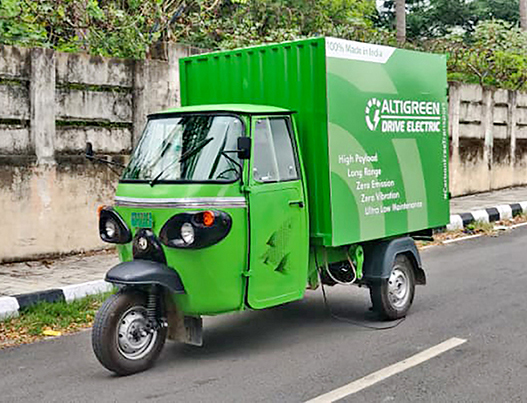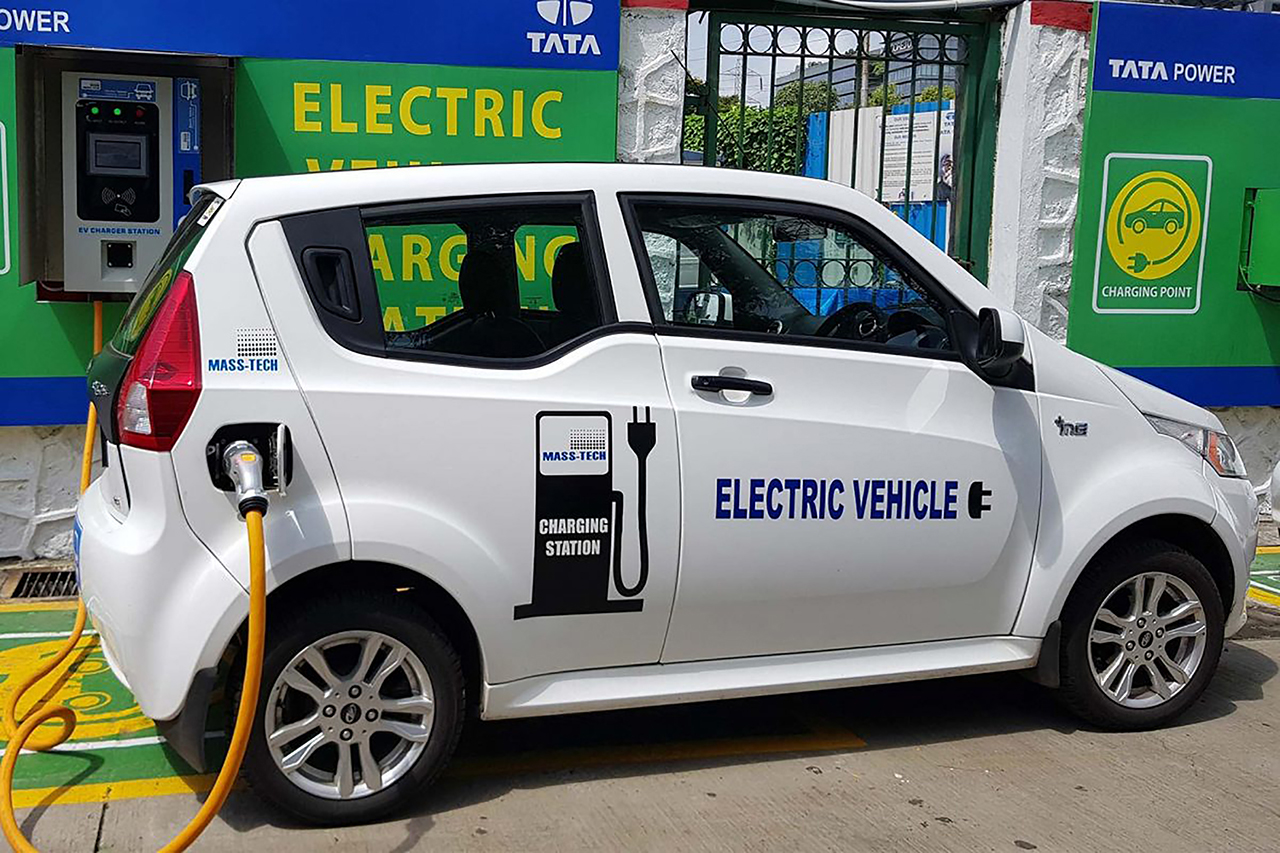
In this guest column, Dr. Amitabh Saran, Founder and CEO, Altigreen Propulsion Labs, shares his thoughts on why ‘electric’ will be the name of the game in the Indian auto industry come 2022

The year 2021 has been a landmark year for the electric vehicle (EV) segment. It was a testing time too with priorities shifting towards saving lives from the deadly second wave of the pandemic. However, through collective efforts, the country has only been able to overcome the two waves of the pandemic but also unearthed opportunities that are accelerating its economic growth, and are encouraging sustainable development. India, which is currently the fifth-largest car market globally, is soon going to be among the top three with about 40 crore customers in need of mobility solutions by the year 2030.
To ensure that the growth is sustainable, eco-friendly and competitive, it has already started transforming its vehicles to electric and the acceleration is going to gain further momentum with conscious consumerism taking centre-stage in 2022. There is a growing consensus among all stakeholders that to meet the commitments of the Paris Agreement, while there is a need to support the rising demand for mobility solutions, the consumption of fossil fuels doesn’t have to increase. There is a realisation that the future is electric and with this, India is accelerating ahead in terms of developing the charging infrastructure, policies, battery manufacturing, research and development, investments, skill development and innovation, which is also creating a conducive ecosystem.
India is one of the countries which support the global EV30@30 campaign that aims for at least 30% new vehicle sales to be electric by 2030. To align policies in that direction, the central government has taken many steps to develop and promote the EV ecosystem like Faster Adoption and Manufacturing of Electric Vehicles (FAME II) scheme, production-linked incentive (PLI) scheme, and others. Under the FAME II scheme, the government has already installed 350 new EV fast-charging stations across the country in cities like Chandigarh, Delhi, Jaipur, Ranchi and Agra. Also, the Ministry of Power has prescribed at least one charging station to be present in a grid of 3 km and at every 25 km on both sides of the highways.

Work is underway to set up charging stations for electric vehicles at 22,000 of the 70,000 petrol pumps across the country. These developments will open the sector for investors, manufacturers, and operators as new business models emerge. The FAME II stimulus has been helpful in the growth of EVs as it reduces the high sticker price of vehicles that run on Lithium-ion batteries. The cost difference between the commonly-in-use lead-acid battery and the more advanced Lithium-ion is usually between Rs 1,00,000 to Rs 2,00,000 for a 6 kWh – 12 kWh battery. But the incentives under FAME II on Lithium-ion battery EVs reduce this price difference quite effectively.
During the pandemic India has been shopping online and that has fuelled the growth of e-commerce and doorstep delivery. Currently, the last-mile delivery sector in India is heavily dependent on conventional ICE vehicles. Looking at these opportunities, EV manufacturers are significantly increasing their production to cater to the rising demand. Apart from the green benefits, cost efficiency is attracting commercial drivers across the country towards the segment with higher savings and better driving conditions. The running cost of a three-wheeler EV is 60-70 paise per km while its diesel counterpart is known to cost about Rs 3-4 per km. For a small delivery four-wheeler this can be as high as Rs 7 per km.
This means a commercial three-wheeler EV operates at approximately 16% of the running cost of a fossil fuel-based equivalent and less than 10% of a four-wheeler. This cost difference adds up to sizeable operational saving as the diesel asset grows older and mileage drops significantly. EVs have fewer components than conventional ICE ones like the engine, pistons, fuel pumps, radiators, cooling systems, spark plugs, exhaust systems, timing belts and this makes vehicle maintenance a lot simpler and cost-effective. A recent Kee Resources’ research project concluded that an electric vehicle is at least 30% cheaper to maintain than an ICE vehicle.

Moreover, the government has rolled out PLI schemes to increase the confidence of Lithium-ion manufacturers. In addition, the move to allow 100% FDI under the automatic route in the automobile sector will further expand the horizon of growth to shape up an optimistic future for the Indian automotive sector. The EV market in India is expected to grow at a CAGR of 36% to Rs 50,000 crore by 2025, according to Energy Storage Alliance’s estimates. In the coming days, the segment will surely witness the launches of many long-range and powerful road-ready EVs for both passenger and goods mobility that will be suitable for inter-city or even inter-state connectivity along with last-mile delivery of food, FMCG and e-commerce.
In the near future, EVs will play a significant role in improving India’s power security. It currently imports over 80% of its overall crude oil requirements, amounting to approximately USD 100 billion. Moreover, India’s EV push is also expected to boost local manufacturing, revenue generation and creation of employment opportunities. The EV segment needs more encouragement mainly in development of indigenous technology through initiatives like ‘Make in India’. More investments in local research and development will put the sector at par with global benchmarks and will strengthen India’s position as a leader in the EV segment in 2022.